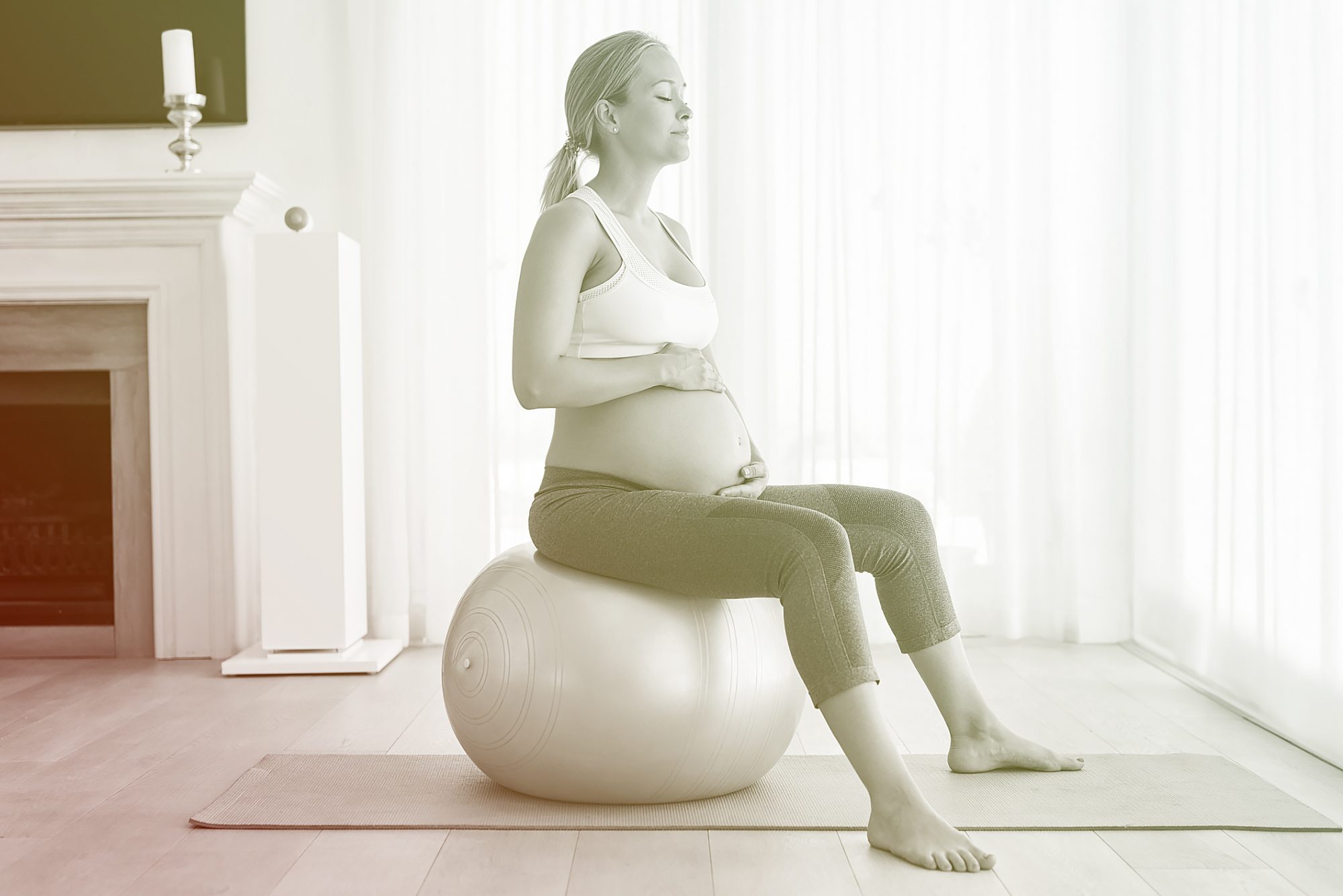
Near the end of the third trimester, a woman's cervix will soften in order to begin the process of effacing (thinning and stretching) and dilating (opening up).
An open cervix allows the baby to pass through the birth canal—but cervical ripening doesn't always happen like it should. Luckily, though, there are things you can do at home to help the process. Here's what to know.
What If My Cervix Doesn’t Open?
Your doctor will check for cervical dilation and effacement in your prenatal appointments. The changes usually begin several weeks before delivery, but it's not uncommon to have a closed cervix near your due date. First-time moms, for example, might not experience cervical opening until labor, even if the cervix has started to thin out or soften beforehand, says Michele Hakakha, M.D., a board-certified obstetrician and gynecologist based in Los Angeles and co-author of Expecting 411: Clear Answers and Smart Advice for Your Pregnancy.
An open cervix is necessary for vaginal delivery, though, and an “unripe” or “unfavorable” cervix sometimes necessitates an induction. That's because prolonging a pregnancy too long could have negative consequences for the baby, including fetal macrosomia (large size), shoulder dystocia, low amniotic fluid, compromised functioning of the placenta, and infection.
To prevent an induction, a woman can try natural ways to soften her cervix at home. “Cervical softening is one of the most important aspects of labor,” says Ashley Brichter, founder and CEO of Birth Smarter, which offers in-person and virtual childbirth classes for expectant parents. "We want to get the cervix soft because it will be easier to open up."
How to Soften the Cervix at Home
Want to stimulate cervical opening at home? Focus on softening the tissues. The best way to do that, says Brichter, is encouraging your baby to get into the proper position—which is head-down, facing your back, and pressing against the cervix. “Pressure from the baby’s head produces prostaglandins, which signals to your body that it’s time to go and start contractions,” says Brichter. These prostaglandins also soften and open up the cervix.
Here are some ways to encourage cervical ripening at home:
Parallel Your Feet: According to Brichter, many pregnant women naturally stand in a wide stance with splayed feet. But bringing your toes parallel can separate the sitz bones, which opens up the pelvis and coaxes your baby into the proper position.
Work on Alignment: Bringing some balance into your own body might also help. Try standing with your hips over your ankles (instead of pushing out your belly), and don’t slouch when sitting.
Try a Birthing Ball: Rocking, bouncing, and rotating your hips on a birthing ball also opens the pelvis, and it may speed up cervical dilation.
Walk Around: Don’t underestimate the power of gravity! When walking, your baby will press against the cervix, which might help it efface and dilate.
Have Sex: The idea is that semen contains prostaglandins, which promotes a soft cervix, and having an orgasm can spur uterine contractions. Research results are mixed about whether sex actually helps induce labor, but if you have a low-risk pregnancy, it might not hurt to test the theory. Talk to your doctor first.
Cervical Ripening in the Hospital
If you’ve passed your due date without a hint of cervical ripening, your doctor may decide to induce labor to avoid delivery complications. Here are some common methods:





